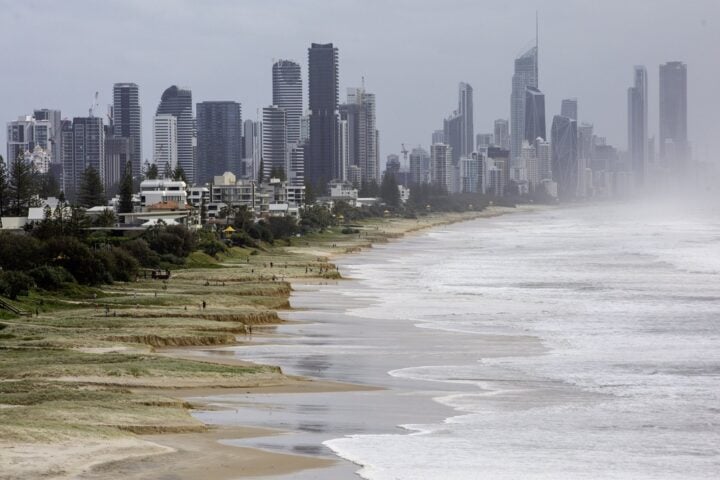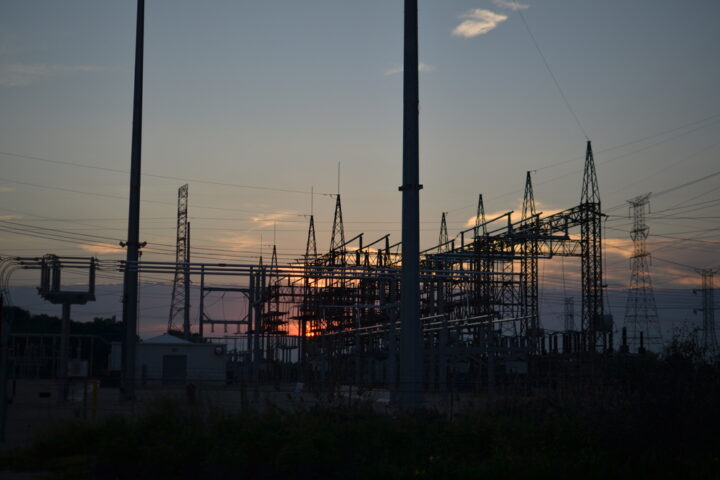In the bustling city of Anaheim, California, a significant partnership was unveiled between Doodle Labs and Freefly Systems, two giants in the drone and communication technology sectors. The collaboration, spotlighted at the Disasters Expo USA, is more than a mere alliance; it’s a fusion of expertise and innovation, aiming to elevate the capabilities of disaster response teams through the Astro drone platform and robust communication systems.
Astro: The Drone That’s More Than a Machine
Astro, Freefly’s latest drone platform, isn’t just a piece of technology; it’s a manifestation of precision, connectivity, and reliability in the skies. With features like high precision RTK/PPK, LTE cloud connectivity, and a tablet controller, Astro is not merely a drone; it’s a beacon in the sky for disaster response, ensuring that help is always on the horizon. Developed and nurtured by the Freefly team in Woodinville, WA, Astro is a testament to what happens when technology is seamlessly blended with a vision to aid humanity in times of crisis.
Mesh Rider Radio: A Symphony of Communication in Crisis
Doodle Labs, known for its industrial-grade wireless networking solutions, introduces its Mesh Rider Radio into the Astro, ensuring that communication remains unbroken, even in the most challenging terrains and situations. Amol Parikh, VP of Marketing for Doodle Labs, shared, “Partnering with Freefly was not just about advancing UAV technology but also about standing shoulder to shoulder with public safety groups, ensuring they have the technology to respond to disasters and save lives effectively.”
Similar Posts
In the Midst of Chaos, A Technological Harmony Emerges
The integration of Doodle Labs’ radios into the Astro drone ensures a secure, long-range, high-bandwidth mesh capability, providing a reliable connection for the drone and paving new pathways for global deployment. The Astro, with its functional flexibility and the robust networking capabilities of the Doodle Labs Mesh Rider Radio, becomes a crucial asset for global disaster response groups, aiding in search and rescue missions, terrain mapping, and network extension in challenging environments during floods, wildfires, and earthquakes.
Multi-Band Technology: An Unsung Hero in Disaster Response
Mesh Rider Radio, developed with a nod from the US Department of Defense’s Defense Innovation Unit (DIU), employs Doodle Labs’ proprietary multi-band technology, capable of covering up to six frequency bands in a single radio. This technology enables disaster response groups to deploy UAVs quickly and reliably, navigating through international regulations and potentially congested RF environments, ensuring that help arrives, even when the skies are crowded.
Compliance and Global Applicability: The Silent Pillars of Effective Disaster Response
Both the Mesh Rider Radio and Astro adhere to compliance standards, ensuring that the technology developed and deployed aligns with regulatory and quality standards, ensuring that in the field, they can operate without hindrance, ensuring that help arrives, every time it’s needed.
A Future Where Technology and Humanity Coalesce
The alliance between Freefly and Doodle Labs is not just a technological partnership; it’s a melding of minds, innovation, and a shared vision to enhance global disaster response mechanisms. It’s a reflection of how technological advancements, when aligned with critical and pragmatic applications, can pave the way for more efficient, effective, and timely disaster response, safeguarding communities, and ensuring that help is always on the way.
In a world grappling with the unpredictability and aftermath of natural disasters, such collaborations stand as a crucial tool in humanity’s collective efforts to navigate through the crises that lie ahead, ensuring that when disaster strikes, help is always on the horizon.
















